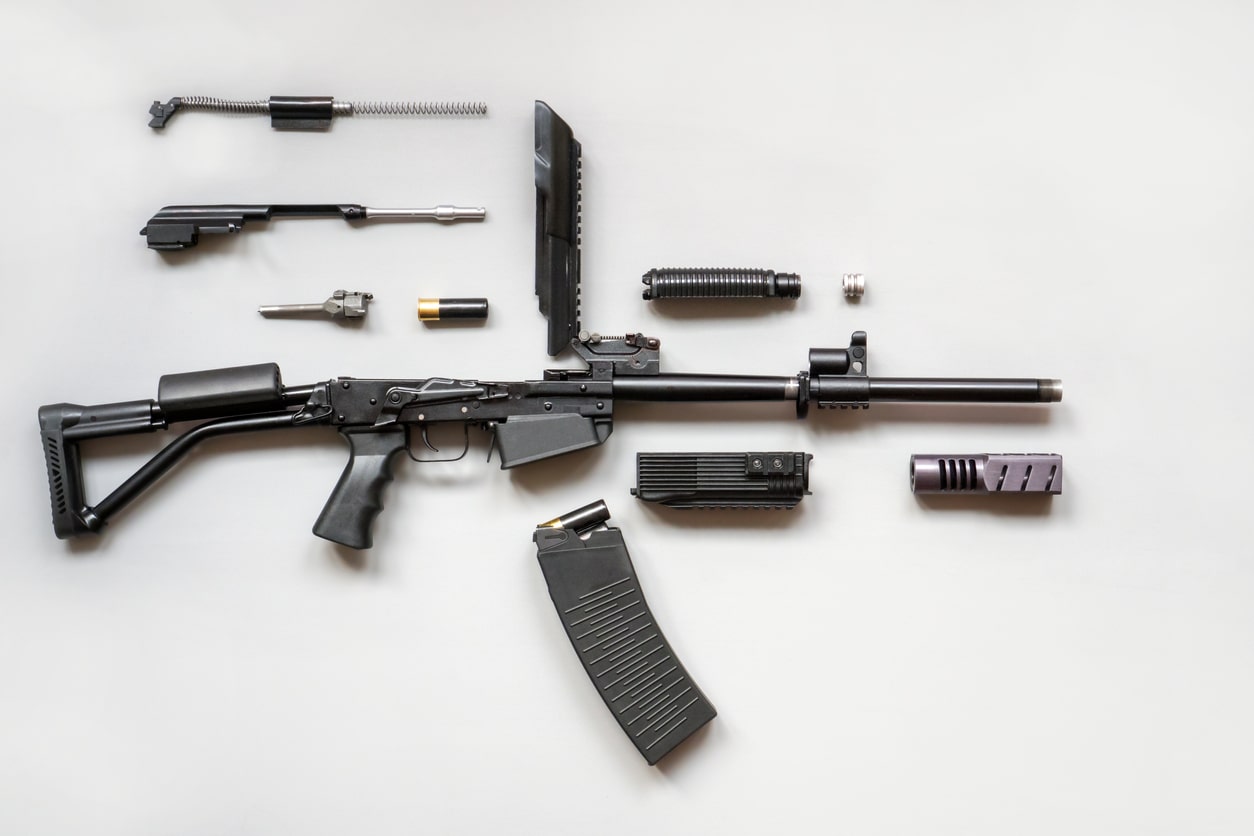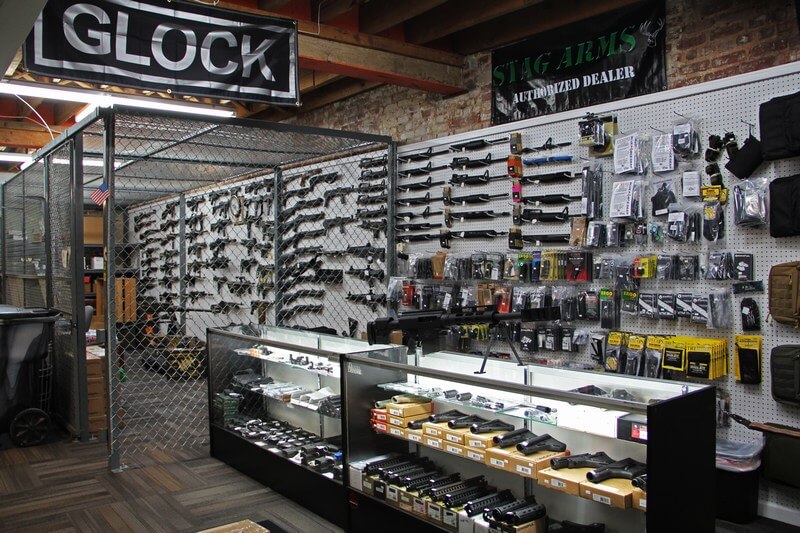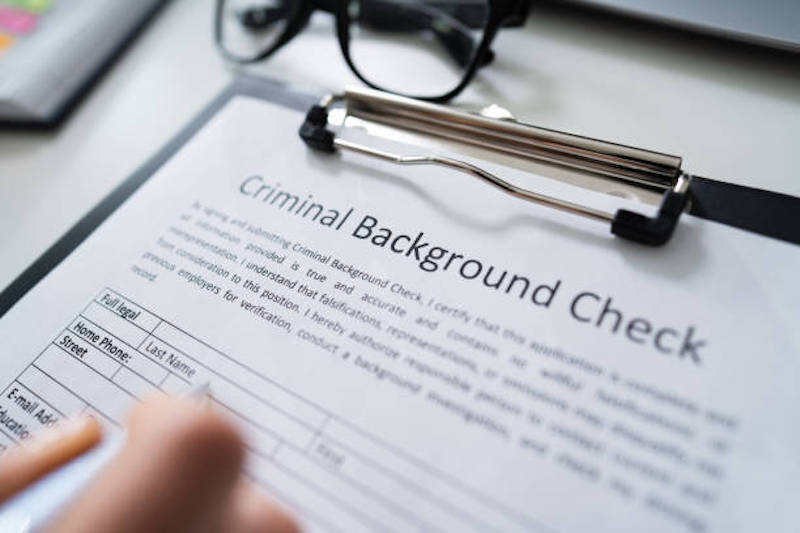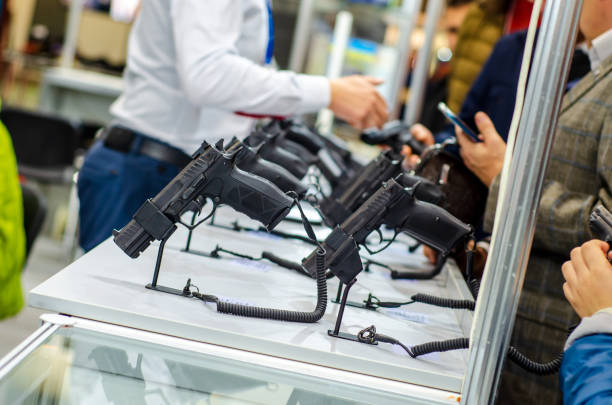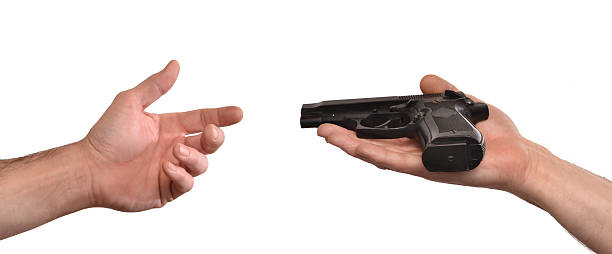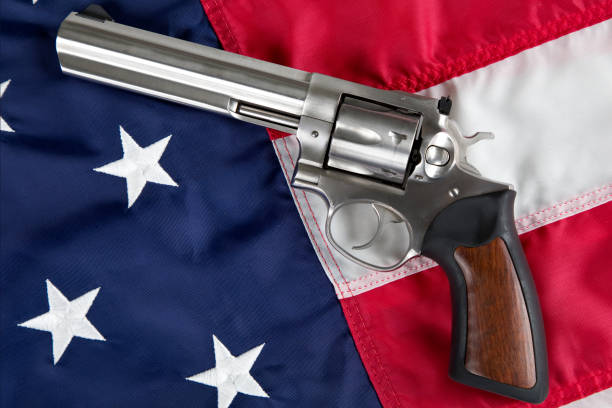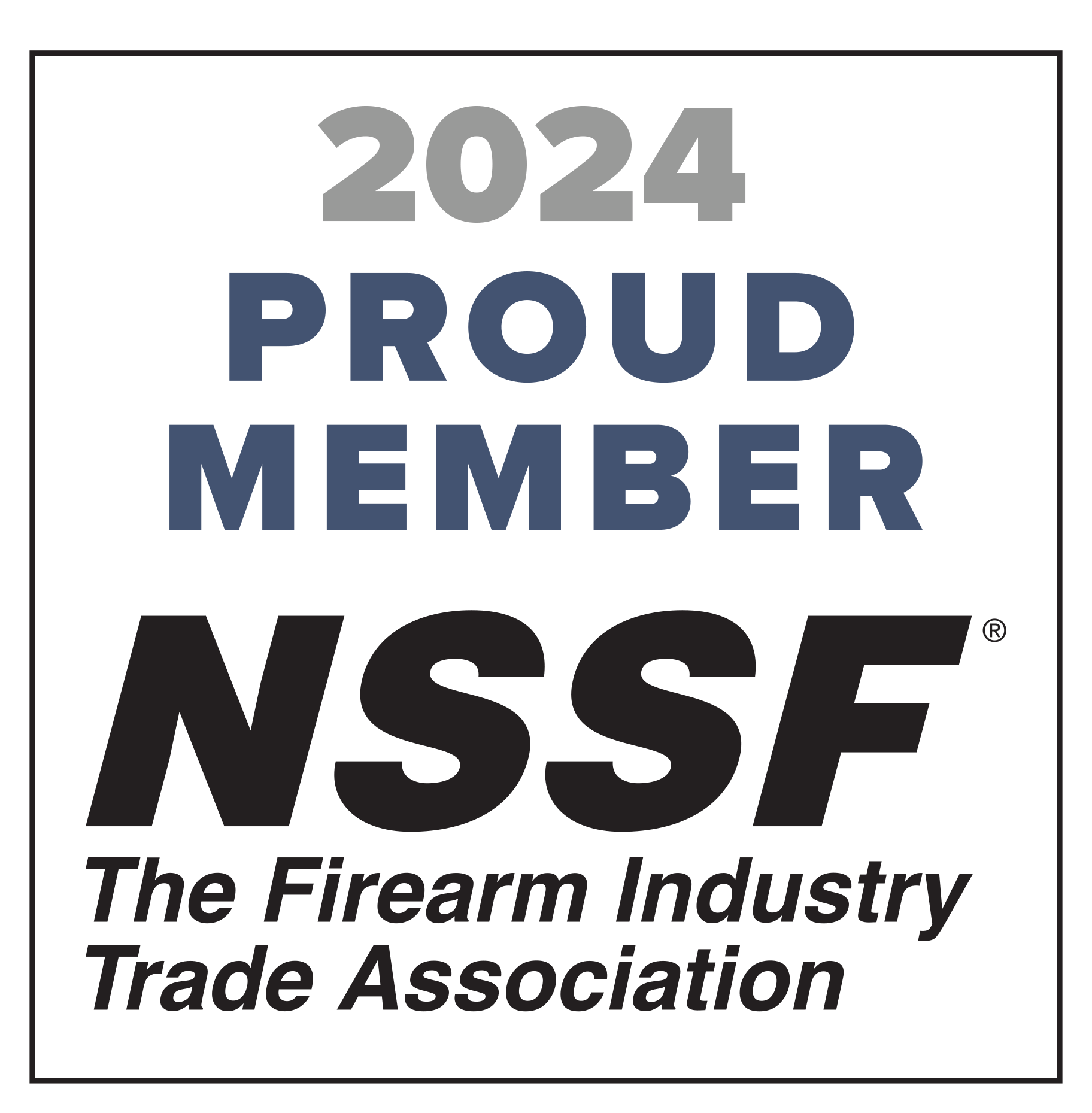Navigating the complex maze of gun laws in the United States can be a daunting task for any gun owner. Understanding these laws and staying compliant is crucial for the responsible handling and ownership of firearms. One such regulation that stands at the intersection of firearms and legality is the 922r Compliance.
In this post, we will unpack the ins and outs of the 922r Compliance. As experts in Federal Firearms Licensee (FFL) compliance, FastBound is your trusted guide on this journey. Our FFL software platform is designed to help keep FFLs in compliance with the Bureau of Alcohol, Tobacco, Firearms and Explosives (ATF), making the process easier and less stressful for you.
Our aim is to guide you through the labyrinth of 922r Compliance, explain its importance, and help you understand the steps required to ensure your firearm meets all compliance criteria. Whether you’re a licensed manufacturer or an individual gun owner, this article is intended to provide valuable insights into maintaining 922r compliance, offering practical tips and reliable legal advice.
Remember, staying informed is the first step towards being compliant. So, let’s dive in.
What is 922r Compliance?

922r Compliance refers to the legal stipulations set forth in Section 922(r) of the U.S federal law. This law primarily pertains to the manufacture and assembly of semiautomatic rifles and shotguns in the United States. It was designed to prevent the creation of new, non-sporting firearms from imported parts.
Imported Firearms and Foreign Parts
One of the critical aspects of 922r is its relation to imported firearms. If a firearm is imported, it falls under the umbrella of 922r, which specifically targets firearms with more than ten “foreign-made parts” from a predetermined list of twenty. The inclusion of the “foreign-made parts” clause aims to regulate the use of foreign parts in domestically assembled firearms, thus encouraging the use of American-made parts.
Compliance Rules
According to the law, to be considered 922r compliant, a semiautomatic rifle or shotgun cannot contain more than 10 imported parts from the approved list. Thus, if your firearm is imported or contains more than ten imported parts, you will need to replace enough parts with American-made components to fall under the legal threshold.
These regulations highlight the importance of understanding the concept of compliance, compliant parts, and compliant firearms.
922R Compliance Parts List

Understanding the 922r compliance list begins with comprehending the variety of firearm parts. The list features a range of components including elements of a semiautomatic rifle, shotgun, and automatic rifle. Whether it’s a pistol grip stock, a trigger pull mechanism, or a bolt carrier, each part plays a critical role in your firearm’s functioning and consequently, its compliance status.
When you look at your firearm, you’re looking at an intricate assembly of US parts and possibly foreign-made parts. It’s essential to distinguish between these in terms of compliance. Under Section 922r, certain parts are specifically enumerated and counted towards the total number of imported parts.
Any rifle or shotgun assembled from foreign parts must have 10 or fewer of the partsfrom the following list:
- Frames, receivers, receiver castings, forgings, or stampings
- Barrels
- Barrel extensions
- Mounting blocks (trunnions)
- Muzzle attachments
- Bolts
- Bolt carriers
- Operating rods
- Gas pistons
- Trigger housings
- Triggers
- Hammers
- Sears
- Disconnectors
- Buttstocks
- Pistol grips
- Forearms, handguards
- Magazine bodies
- Followers
- Floorplates
Foreign-Made Parts vs. US Parts
The law stipulates that a firearm cannot have more than ten imported parts from the list of twenty. Therefore, you must carefully consider the origin of each part while maintaining or modifying your firearm.
To balance out the imported parts, you might want to use an American made parts kit. These kits provide compliant parts that you can use to replace non-compliant, foreign-made ones in your firearm. This way, you can ensure that your firearm stays within the legal limit of imported parts.
Role of Compliance Parts in Your Firearm
Each part in your firearm, whether it’s a magazine, a trigger mechanism, or a bolt, contributes to its overall compliance status. Compliance parts are specifically included in the list to help you keep a count. Being aware of the original part, replacement part, and the number of compliant parts in your firearm is crucial to staying compliant with 922r.
Why is it Important to Stay 922R Compliant?
Navigating the jumble of gun laws may feel overwhelming at times. However, the cost of non-compliance with federal law, especially Section 922r, can be steep. If your firearm is found to be non-compliant, you could face penalties, including fines and potential imprisonment. Therefore, compliance is not just about adhering to the rules – it’s about staying on the right side of the law.
Importance for Gun Owners
As a gun owner, whether you own a semiautomatic rifle, an imported pistol, or a shotgun, it’s crucial that you understand 922r Compliance. By ensuring that your firearm meets the standards set by federal law, you demonstrate responsible gun ownership. Furthermore, maintaining compliance ensures that you can enjoy your firearm without worrying about potential legal implications.
Role of Licensed Manufacturers
For licensed manufacturers, compliance is doubly important. It’s not just about manufacturing firearms that adhere to legal standards – it’s also about providing your customers with the assurance that the products they purchase from you are 100% compliant. This is especially important for manufacturers who import parts or deal with imported firearms.
Grey Areas and Legal Advice
In the realm of 922r compliance, it’s common to encounter grey areas, where it’s unclear whether a particular action or modification makes your firearm compliant or not. This is where legal advice becomes invaluable. Seeking legal advice helps clarify any ambiguities and ensures that you’re making the right decisions when it comes to your firearm’s compliance status.
Steps to Stay Compliant

Remaining 922r compliant is primarily about understanding the components of your firearm and ensuring that it contains the appropriate balance of imported and American-made parts. Here are the steps you can follow:
Replace Foreign Parts with American Made Parts
Since the law stipulates that a firearm can’t have more than ten foreign-made parts from the approved list, you will need to replace these with American-made components. This replacement strategy involves understanding which parts are considered under the 922r Compliance and their origins.
An American made parts kit is a great resource to ensure compliance. These kits offer a range of components that meet the compliance criteria, allowing you to swap out the necessary parts and keep your firearm 922r compliant.
Know What a Compliant Firearm Looks Like
Understanding what a compliant firearm looks like is essential. Does your semiautomatic rifle or shotgun have more than ten imported parts? If so, it’s time to think about replacements. Remember, the compliant parts can include anything from a pistol grip to a magazine body or a floor plate. Each part counts towards compliance.
Legal Advice is Crucial
Seeking legal advice is a fundamental step in staying 922r compliant. Legal professionals with expertise in gun laws can provide insight into the intricate details of compliance and help you avoid potential missteps. By regularly seeking legal advice, you can ensure that your firearm maintains its compliance status, even as you make changes or modifications to it.
Remember, staying compliant is an ongoing process, not a one-time event. Regular check-ins, part replacements, and legal advice can help you navigate the complexities of 922r Compliance.
